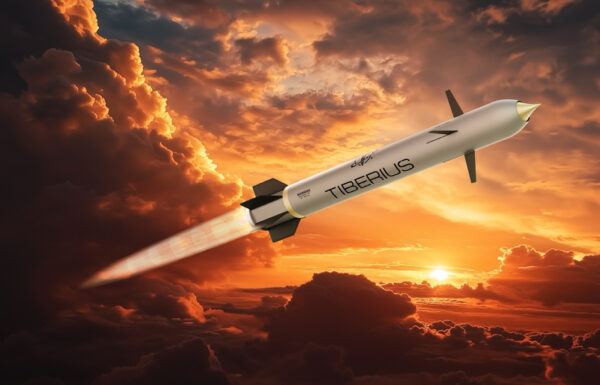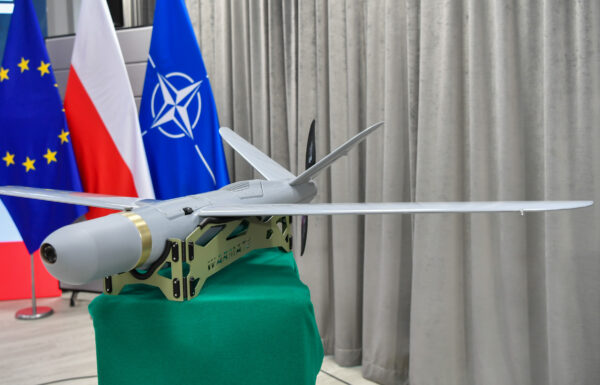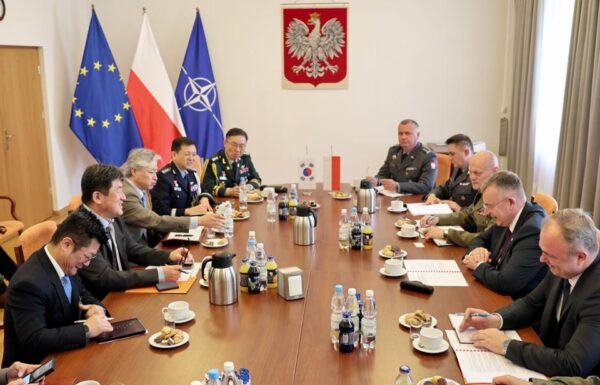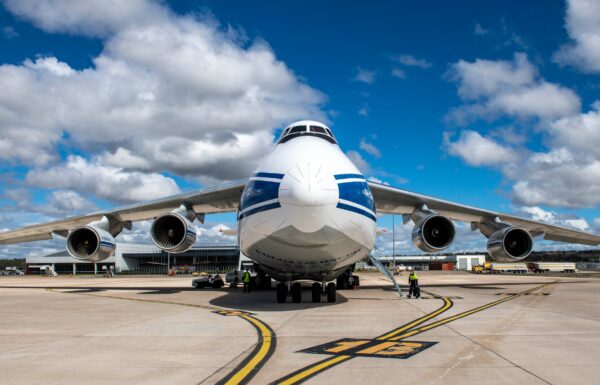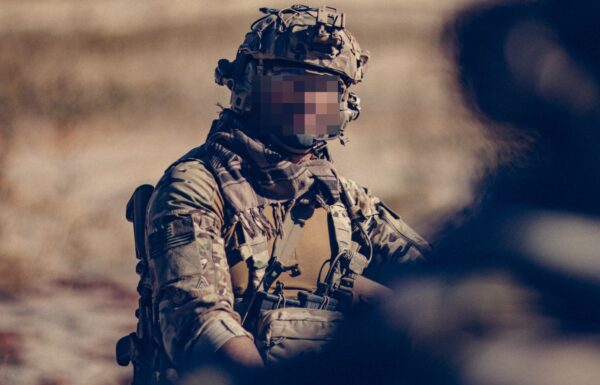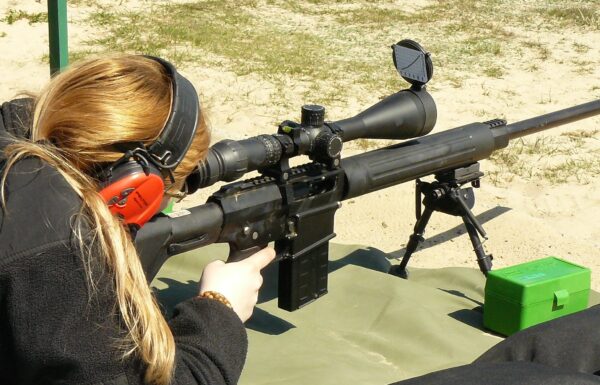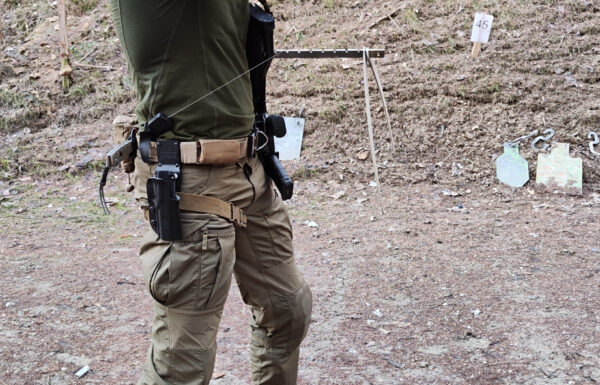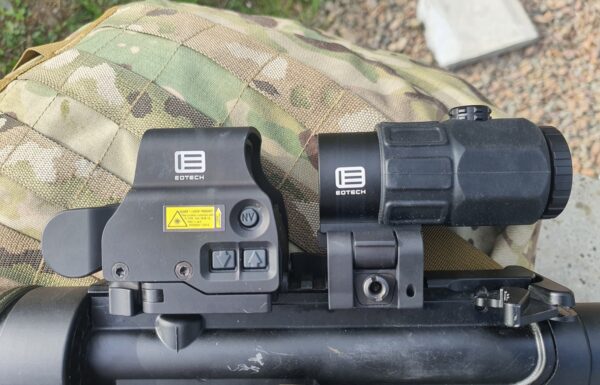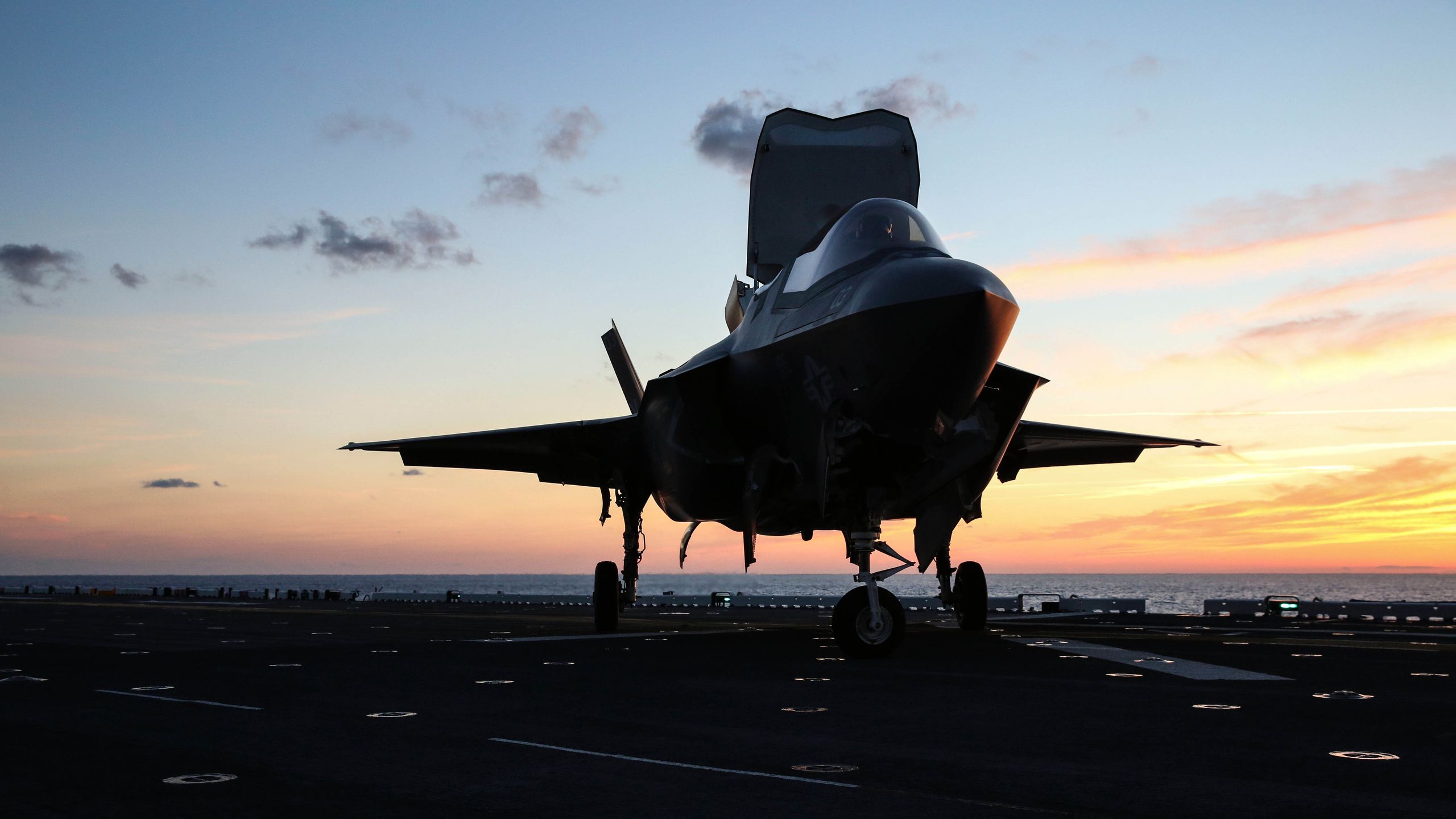On Monday, April 28, 2025, the Stockholm International Peace Research Institute (SIPRI) published a report titled Trends in World Military Expenditure, 2024, focusing on global military spending in the previous year. The report revealed a 9.4% real-term increase compared to 2023, reaching a total of 2.718 trillion USD. This marks the largest annual rise since at least the end of the Cold War in 1991.
Military spending increased across all regions of the world, particularly in Europe and the Middle East. The five countries with the highest military expenditures — the United States, China, Russia, Germany, and India — accounted for 60% of global arms spending, allocating a combined total of 1.635 trillion USD.
Last year’s rise marked the 10th consecutive year of global increases in military spending. All fifteen of the world’s top spenders raised their defense budgets in 2024 without exception. In total, the world allocated 2.5% of global GDP to military purposes last year.
“Over 100 countries around the world raised their military spending in 2024. As governments increasingly prioritize military security, often at the expense of other budget areas, the economic and social trade-offs could have significant effects on societies for years to come,” said Xiao Liang, Researcher with the SIPRI Military Expenditure and Arms Production Programme.
The rise in military spending in Europe is driving global arms expenditures
Military spending in Europe (including Russia) rose by 17% to 693 billion USD, making it the main driver of the global increase in 2024. In the third year of full-scale war in Ukraine, defense expenditures continued to grow across the continent, surpassing levels recorded at the end of the Cold War. All European countries increased their military spending in 2024, with the sole exception of Malta.
Russia’s military spending is estimated at 149 billion USD, a 38% increase compared to 2023 and double the level seen in 2015. This represented 7.1% of Russia’s GDP and 19% of the government’s total budget expenditures. For this year, a budget of approximately 166 billion USD has been approved. Meanwhile, Ukraine’s total military spending rose by 2.9% to 64.7 billion USD — about 43% of Russia’s spending. This equaled 34% of Ukraine’s GDP, the highest such share in the world in 2024.
“Russia once again significantly increased its military spending, widening the spending gap with Ukraine,” said Diego Lopes da Silva, Senior Researcher with the SIPRI Military Expenditure and Arms Production Programme. “Ukraine currently allocates all of its tax revenues to its military. In such a tight fiscal space, it will be challenging for Ukraine to keep increasing its military spending.”
Several countries in Central and Western Europe recorded unprecedented increases in military spending in 2024, following through on new budget commitments and large-scale procurement plans. Germany’s military spending rose by 28% to 88.5 billion USD, the highest in Central and Western Europe and the fourth largest globally. Poland’s spending increased by 31% to 38 billion USD (142.16 billion PLN), amounting to 4.2% of its GDP (notably, this year’s spending is expected to rise to 186.6 billion PLN, or 4.7% of GDP).
“For the first time since reunification Germany became the biggest military spender in Western Europe, which was due to the €100 billion special defence fund announced in 2022,” said Lorenzo Scarazzato, Researcher with the SIPRI Military Expenditure and Arms Production Programme. “The latest policies adopted in Germany and many other European countries suggest that Europe has entered a period of high and increasing military spending that is likely to continue for the foreseeable future.”
Military spending in a record number of NATO member states has reached 2% of GDP
All NATO members increased their military spending in 2024. The total military expenditure of NATO members reached 1.506 trillion USD, accounting for 55% of global military spending. Of the 32 NATO members, 18 allocated at least 2.0% of their GDP to their armed forces, according to SIPRI’s methodology—up from 11 in 2023—marking the highest number since NATO adopted its spending guidelines in 2014.
U.S. military spending rose by 5.7% to 997 billion USD, making up 66% of NATO’s total and 37% of global military expenditures in 2024. A significant portion of the budget was directed toward modernizing military capabilities and the nuclear arsenal to maintain strategic superiority over Russia and China. European NATO members collectively spent 454 billion USD, representing 30% of the Alliance’s total spending (The Trump administration has announced a record-breaking defense budget exceeding USD 1 trillion).
“The rapid spending increases among European NATO members were driven mainly by the ongoing Russian threat and concerns about possible US disengagement within the alliance,” said Jade Guiberteau Ricard, Researcher with the SIPRI Military Expenditure and Arms Production Programme. “It is worth saying that boosting spending alone will not necessarily translate into significantly greater military capability or independence from the USA. Those are far more complex tasks.”
Military spending in the Middle East is rising sharply
Defense spending in the Middle East reached an estimated 243 billion USD in 2024, marking a 15% increase compared to 2023 and a 19% rise since 2015.
Israel’s military spending surged by 65% to 46.5 billion USD in 2024—the largest annual increase since the Six-Day War in 1967—as the country continued its war in Gaza and escalated its conflict with Hezbollah in southern Lebanon. This represented 8.8% of its GDP, the second-highest share globally. Lebanon’s military spending rose by 58% in 2024 to 635 million USD, following several years of reduced spending due to economic crisis and political turmoil.
“Despite widespread expectations that many Middle Eastern countries would increase their military spending in 2024, major rises were limited to Israel and Lebanon,” said Zubaida Karim, Researcher with the SIPRI Military Expenditure and Arms Production Programme. “Elsewhere, countries either did not significantly increase spending in response to the war in Gaza or were prevented from doing so by economic constraints.”
Iran’s military spending fell by 10% in real terms to 7.9 billion USD, despite its involvement in regional conflicts and support for groups such as the Houthis and Hezbollah. The impact of sanctions on Iran has severely limited its ability to increase spending.
China and its neighbors continue to arm themselves
China, the world’s second-largest military spender, increased its expenditures by 7.0% to an estimated 314 billion USD, marking three decades of continuous growth. China accounted for 50% of all defense spending in Asia and Oceania, investing in the ongoing modernization of its armed forces, as well as in cyber warfare capabilities and its nuclear arsenal. Notably, China’s official figures are significantly lower than SIPRI’s estimates—for example, this year it announced a 7.2% increase, which translates to approximately 245 billion USD.
Japan’s military spending rose by 21% to 55.3 billion USD, the largest annual increase since 1952. This represents 1.4% of its GDP, the highest share since 1958. India, the world’s fifth-largest military spender, increased its expenditures by 1.6% to 86.1 billion USD. Taiwan’s military spending rose by 1.8% to 16.5 billion USD.
“Major military spenders in the Asia–Pacific region are investing increasing resources into advanced military capabilities,” said Nan Tian, Director of the SIPRI Military Expenditure and Arms Production Programme. “With several unresolved disputes and mounting tensions, these investments risk sending the region into a dangerous arms-race spiral.”
Other Significant Trends
- Last year, the United Kingdom increased its military spending by 2.8% to 81.8 billion USD, making it the sixth-largest military spender in the world. France’s military expenditures rose by 6.1% to 64.7 billion USD, placing it ninth globally.
- Sweden raised its military spending by 34% to 12.0 billion USD. In its first year as a NATO member, the country reached the equivalent of 2.0% of its GDP.
- Saudi Arabia had the highest defense spending in the Middle East and ranked seventh worldwide. It saw a modest increase of 1.5%, reaching an estimated 80.3 billion USD, although this remains 20% below its 2015 level when oil revenues peaked.
- Myanmar’s military spending surged by 66% to an estimated 5.0 billion USD—the highest increase in Asia and Oceania—as internal conflicts intensified.
- Mexico’s spending rose by 39% to 16.7 billion USD, primarily due to increased funding for the National Guard and Navy, both heavily involved in the government’s military response to organized drug cartel crime.
- Military expenditures in Africa totaled 52.1 billion USD, a 3.0% increase from 2023 and 11% higher than in 2015.


